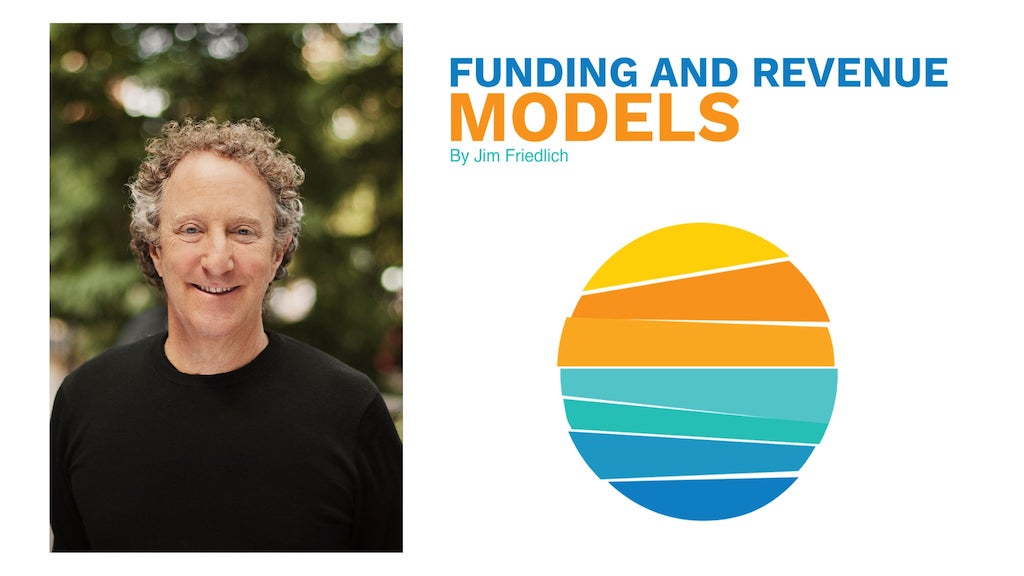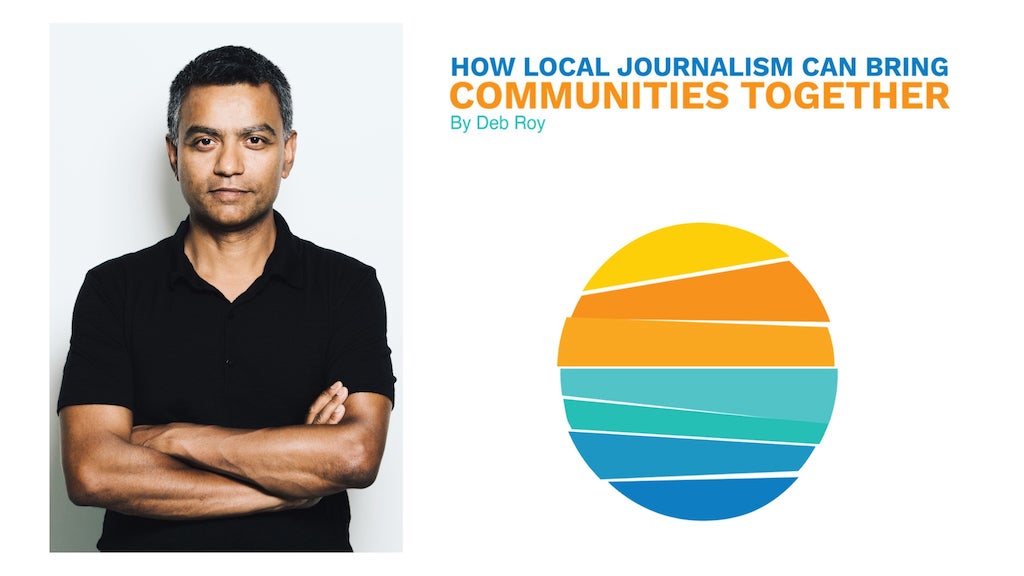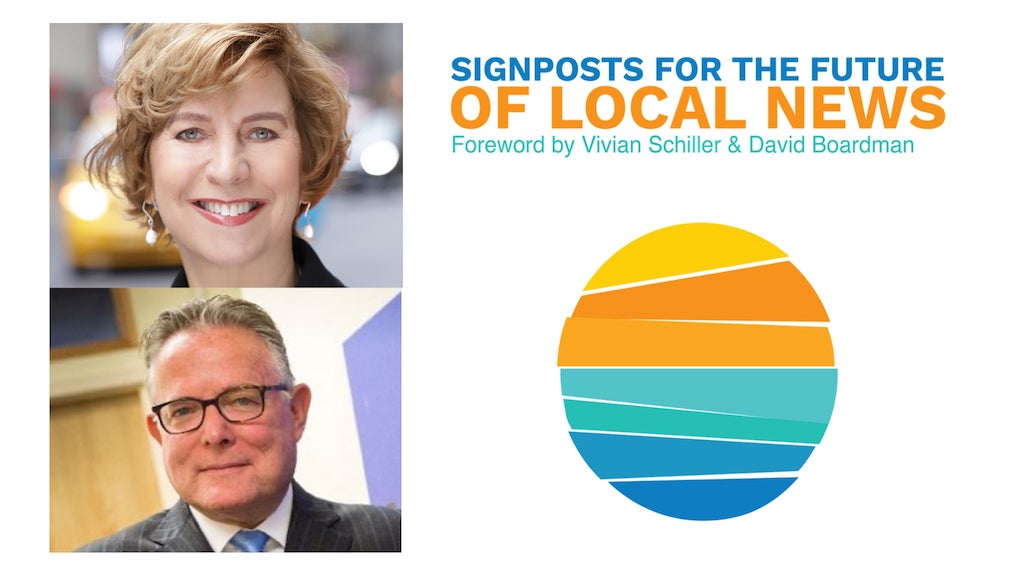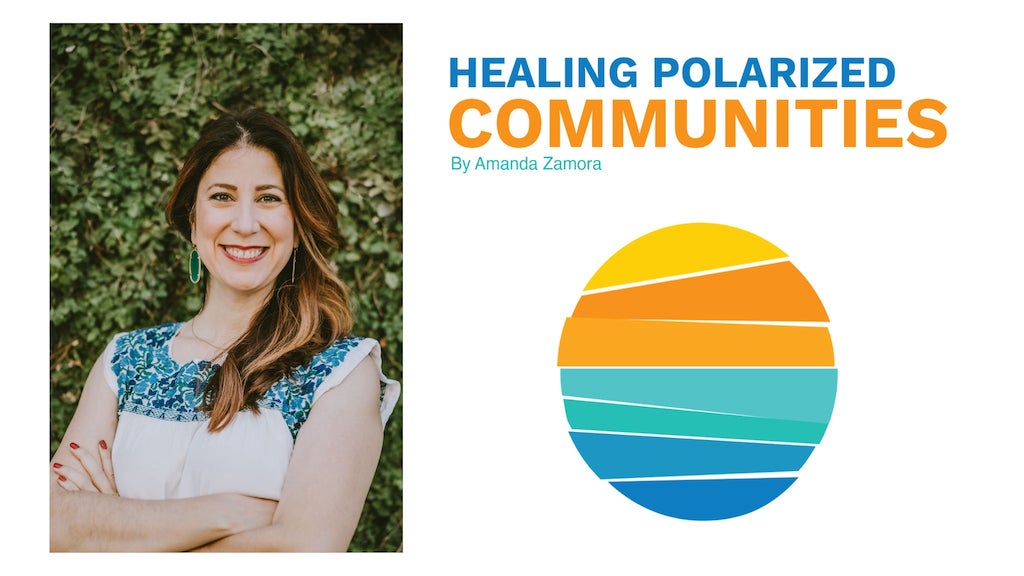PARTNERSHIPS AND COLLABORATION
By Elizabeth Hansen Shapiro, CEO, The National Trust for Local News
I approach the topic of partnerships and collaborations in local news from multiple perspectives.
In my academic work, I studied mergers and acquisitions in public media. I saw firsthand how important it is to remember that organizational culture matters — the vast majority of all mergers and acquisitions fail because of cultural issues.
For the past two years, I’ve also been studying the impact of Solutions Journalism Local Media collaboratives. That work has shown how shared values, audience orientation, and trust help build strong collaborative scaffolding for news organizations and funders.
At the National Trust for Local News, where I’m CEO, we’re collaborating with local publisher partners and funding partners to build new community news institutions. We’re learning how to engage with humility, build trust from a distance, and honor the differences in perspectives and experiences that partners bring to the table.
As an industry we are in a unique period of time that can spark new kinds of partnerships, both within and outside of news. For example, we are in a moment of global capital looking for impact. Index funds in the trillions of dollars are chasing investment opportunities with environmental, social, and corporate governance approaches that go beyond solely maximizing profit. Many local news organizations are impactful and viable, if not wildly profitable. What if we looked towards the impact investing sector – their practices, benchmarks, discipline – and leaned away from sole reliance on philanthropy or fears of vulture capital?
This is the moment to look for strange bed-fellows. Let’s think beyond the usual suspects of those already in the news space.
Let’s overcome our inferiority complex as an industry! We should be making the case much more aggressively for local news as civic investment on a global scale.
Key Questions
Taking an ecosystem approach can be incredibly powerful and is necessary in the context of shrinking resources. For example, Spotlight PA is partnering with more than 80 news organizations around Pennsylvania, and through its N.I.C.E. program, WHYY is lending its platform to community journalists and mediamakers throughout Philadelphia.
But as we know, local collaborators are often also felt to be local competitors. What can we build into those collaborations to foster long-term trust and resource-sharing?
We have some powerful models for national collaboration. Word In Black is bringing together Black newspapers from around the country to share resources and revenue. The Associated Press is perhaps the oldest news collaborative in the world, and it’s continuing to find new ways to bring together local publishers around topics such as climate change and more.
How do we as national partners help foster trusting, collaborative experiences across the range of diverse experiences and perspectives that our local partners bring?
Public media is changing. Mark Fuerst and I are writing a paper that shows the growth in public media journalism over the last two decades. The public media system has also expanded financially at the same time that other news media has struggled.
The Challenges
Building new kinds of partnerships also means tackling the inevitable challenges that arise.
For example, even as an increasing number of public media stations find themselves as the largest newsroom in their ecosystems, what is the real service that their communities need, and how can stations deliver that? Can we move from reading newspaper headlines on air to truly local service that reaches and engages with the diversities of their communities?
On the technology front, we know that collaboration and sustainability can be supported by tools, technologies, and platforms. We also know that collaboration and sustainability can be hindered by tools, technology, and platforms. So what tools do we have, what is working, and what do we need to build next?
To be provocative: I believe we have the tools and technologies we need. What we don’t have are the leadership, culture, and resources to truly realize their full potential.
So what if we said NO MORE BUILDING? What if we just focused on making the best use of what we have. What would we lose? What would we gain?
I look forward to seeing solutions for collective action on these fronts.
Key Recommendations Compiled from Local News Summit Conversations on Partnerships and Collaboration
Ensure partnerships are equitable
Equitable value propositions for all parties are critical for articulating both commitment and authenticity to the community and for creating successful, lasting partnerships.
Invest in new reporting partnerships
New and potentially enduring local news collaborations are being built both within local markets (e.g., Spotlight PA in Pennsylvania) and across local markets (e.g. Chalkbeat in several U.S. markets). These partnerships are efficient and high-impact, deserving of both investment and replication in new markets.
Infuse permission to experiment in newsroom culture
An informed, intentional cultural shift toward experimentation, partnership, and community collaboration will help legacy news organizations create a more inclusive and sustainable experience for diverse staff members.
Recognize that technology isn’t only for digital startups
Tools should be built on the business and editorial sides of local news operations, especially mapping and database tools that can add clarity to information needs assessments.
Develop a “Report for America” for product and technology
To ensure that technology and new practices are introduced and widely adapted, a trained cohort — supported by philanthropy — could provide hands-on expertise around audience development, community engagement, product development, data science, and other skills.
Build digital infrastructure for public media
Public media outlets have built large, loyal audiences across their broadcast platforms. To attract new audiences and engage with a younger generation of supporters, we will need to cultivate a new generation of leaders, deepen community collaborations, and create digital platforms that meet the news and information needs of audiences.
Invest in business intelligence
Legacy and startup publishers would benefit from shared KPIs, metrics, and data benchmarks that are readily available for the industry to tap into. The information should be open and accessible to all to help publishers make informed decisions about their businesses in service of their communities. It should be hosted and synthesized by a trusted third party to ensure continued access for all.
 Elizabeth Hansen Shapiro is the CEO and co-founder of the National Trust for Local News, a nonprofit working with funders and communities to keep local news sustainable and in local hands. In its first transaction, the Trust worked with the Colorado Media Project, the Gates Family Foundation, the Colorado Trust, the American Journalism Project and the Colorado Sun, to acquire 24 community newspapers and place them under an innovative new structure, preserving local ownership.
Elizabeth Hansen Shapiro is the CEO and co-founder of the National Trust for Local News, a nonprofit working with funders and communities to keep local news sustainable and in local hands. In its first transaction, the Trust worked with the Colorado Media Project, the Gates Family Foundation, the Colorado Trust, the American Journalism Project and the Colorado Sun, to acquire 24 community newspapers and place them under an innovative new structure, preserving local ownership.
She is also a Senior Research Fellow at the Tow Center for Digital Journalism at Columbia Journalism School. Previously, Dr. Hansen Shapiro led the news sustainability research at the Shorenstein Center on Media, Politics, and Public Policy at the Harvard Kennedy School and was the Research Director for the Membership Puzzle Project’s Guide to Membership.




